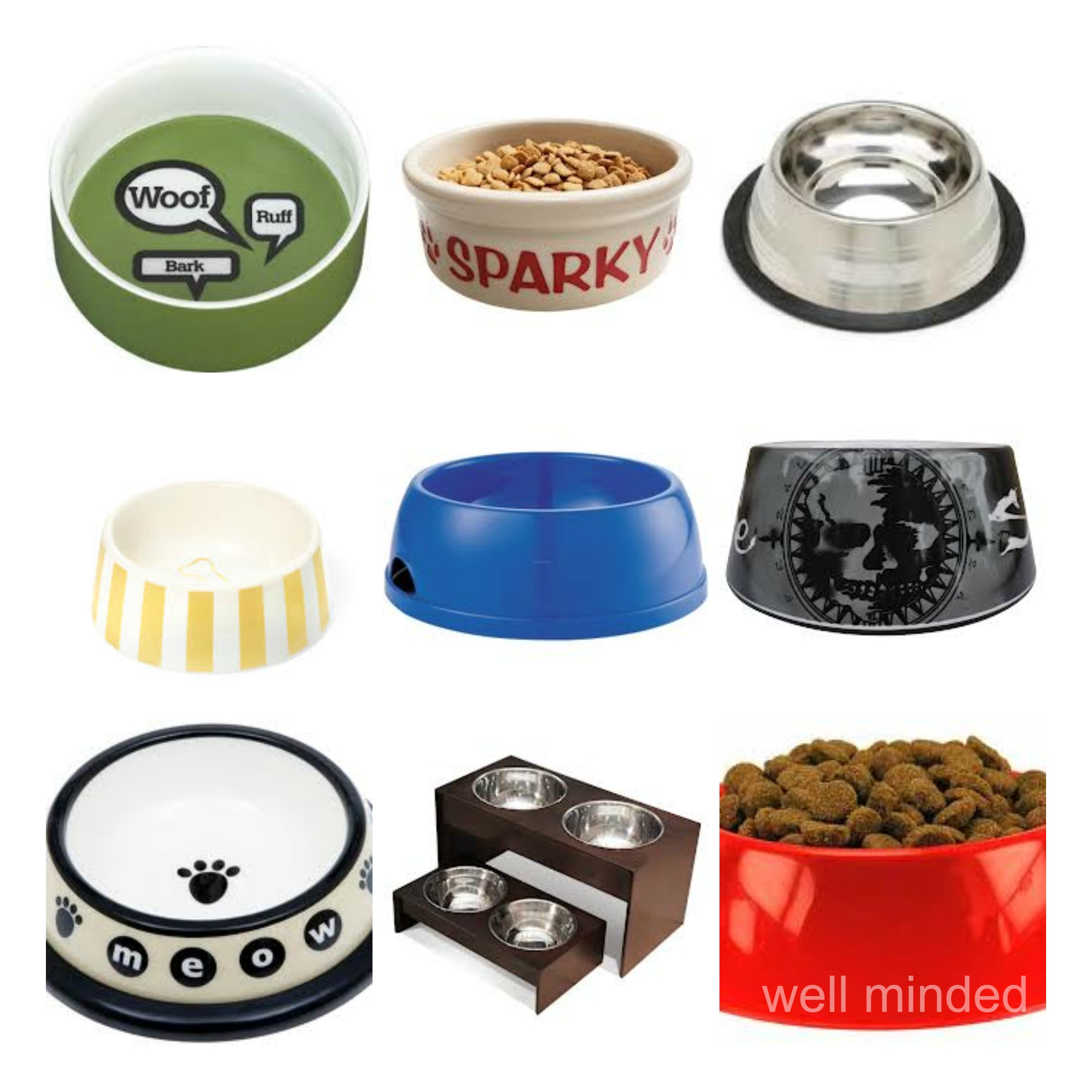 As a professional pet sitter, I see lots of pet bowls, typically that of the dog and cat variety. I fill them with food as directed, and I fill them with water. In addition to those standard services, I offer something unique: I clean the bowls.
As a professional pet sitter, I see lots of pet bowls, typically that of the dog and cat variety. I fill them with food as directed, and I fill them with water. In addition to those standard services, I offer something unique: I clean the bowls.
Why is that special? Because you don't.
Well, I don't mean you, of course. I mean my other clients. You, reading this, are the perfect client.
Truth be told, however scandalous, 95% of my clients (and it can't just be my clients) don't clean their pet's bowls. How do I know? They're grimy! Like, really, disgustingly grimy. I'm so familiar with this, that I know the stages of grime buildup:
Stage 1: slime. Not visible to the naked eye, but when the bowl is given a light rinse, the slick stuff is activated, and you can feel it with your fingers. This stage happens within 24-hours of a cleaning.
Stage 2: light grime. Not visible to the naked eye. Feels slimy when mixed with water, but sticks to the inside of the bowl, so using a scrubber makes it easier to remove. Develops after approximately 72 hours.
Stage 3: grime. Usually visible, unless you have a fancy-patterned bowl. Does not require water to feel. Feels tacky. Requires the use of a scrubber to remove. Will develop after 7-14 days.
Stage 4: advanced grime. If you can't see this, you're either visually impaired (in which case you should use your sense of touch for detection) or in a deep state of denial (in which case you should see a therapist). This stuff requires a pot scraper to get off. Develops after about 3-4 weeks.
Stage 5: toxic takeover. Really? How did you let it get this bad? There is no hope. You need a new bowl. Yesterday. Have you played with your pet this season?
Now that you know how to recognize the signs and stages of a grimy pet bowl, let the excuses begin:
• It doesn't look grimy. Look closer. Feel it with your fingers.
• My pet doesn't care. Some pets are more particular than others. Cats sometimes won't drink out of a slimy bowl. If your pet has stopped eating or drinking, try cleaning the bowl (and see the vet, as well). Even if your pet doesn't care, there is bacteria growing in that grime that can make them sick. Then you'll both care.
• It's only a cat. It's not like he drools like a St. Bernard. Point taken. Your cat's grime is neater than the rest. And his poop don't stink.
• I have a housekeeper. Cleaning the pet bowls must be part of that service. It's not.
• My spouse cleans the bowl. He doesn't.
• My pet cleans the bowl when she eats/drinks. It's spotless! I usually clean my plate, too. Does that mean I should throw it back in the cabinet when I'm done?
Now that you're out of excuses, how do you get help? Well, here are a few suggestions:
• Instead of leaving your pet bowl on the floor and dumping food from a scoop or water from a pitcher, pick the thing up so you can get a closer look. Feel the grime, and take the bowl to the sink to wash before refilling it. Do this every time you fill your pet's bowl. Just a bit of soap and a scrub-scrub-rinse will do the trick. Do not clean the bowl with toxic household cleaners, such as bleach.
• Purchase a dishwasher-safe bowl and throw the bowl in the dishwasher every few days.
• If your pet is a free-feeder and you feel that you can't leave your pet without a bowl of food on the floor for two minutes, purchase a second set of bowls to provide relief to the first set.
If all else fails, just make sure you use my services more than once every six months. I can tell that bowl hasn't been cleaned since the last time I was there.
